Greg Armas, Anna Z. Gray, Jayne Goheen, Annina Mislin, Nane Feist and Chantal Anderson
About investing in less and being responsible
May 1, 2020
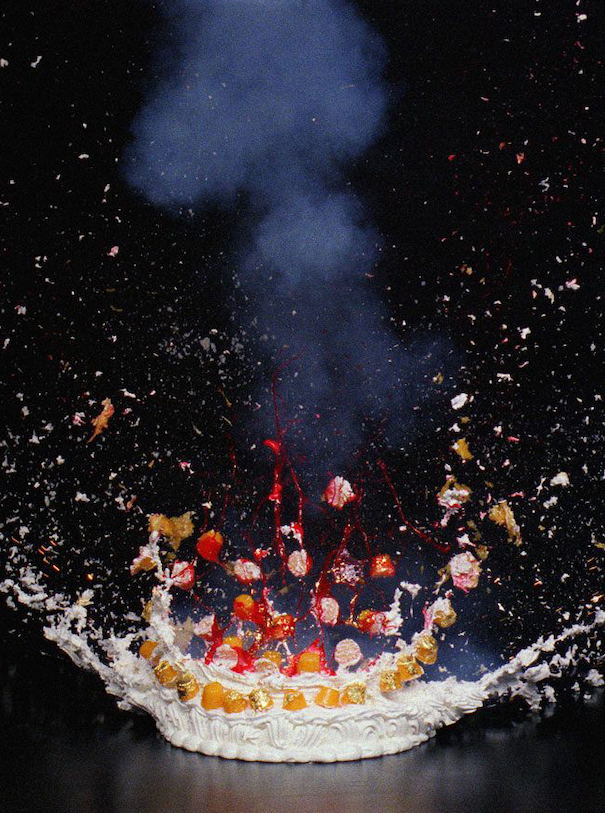
After hearing from established industry leaders in Part 1 of our interview series “Learning from the Past“, we have asked Manhattan based stylist and writer Brie Welch to check the pulse of her young New York creative community as the Big Apple still dictates trends for fashion media worldwide.
The drastic reality of this worldwide pandemic has galvanized the fashion industry in our struggle to work within a new normal but with pre-established conventions. The great American hustle is suddenly challenged, our inability to aid in creating conscious consumers has backfired and a general consensus of slowing down, investing in less and being responsible more has emerged. A feeling that we must reconceptualize and take advantage of this moment to create better, differently—all the while acknowledging the shifts this impediment has produced will not allow for things to be done as they were before. Appearing out of the blue, forever changing the landscape of our society. How will our industry respond? And how should we? Here a few fellow New Yorkers share their thoughts.
Greg Armas, Designer and Shop Owner Assembly New York
What’s been going wrong in fashion?
As a whole, “fashion” has been too popular and become very diluted. Even the use of the word has become so generic that it lacks efficacy and accuracy. There are so many facets now; trend and industry, couture and street wear, real life application and what looks good in a photo. It’s a bit messy and definitely does not fall below under one moniker.
What do you think should change?
I would love to see exclusivity and specificity return, both in design and price point. There is more of an identity to a label when it is not meant for everyone and has risks or humor included. I feel most people are oversaturated with the look-for-less trend and ready to invest more into less, it’s a great time!
What would you like for the future of your business?
Vulnerability and individuality will continue to have their powers to inspire. A designer sharing something truly personal through their work will always translate. Personally, I appreciate the process of editing almost more than creating, and it feels as though a lot of designers will be editing their own work and being reductive.
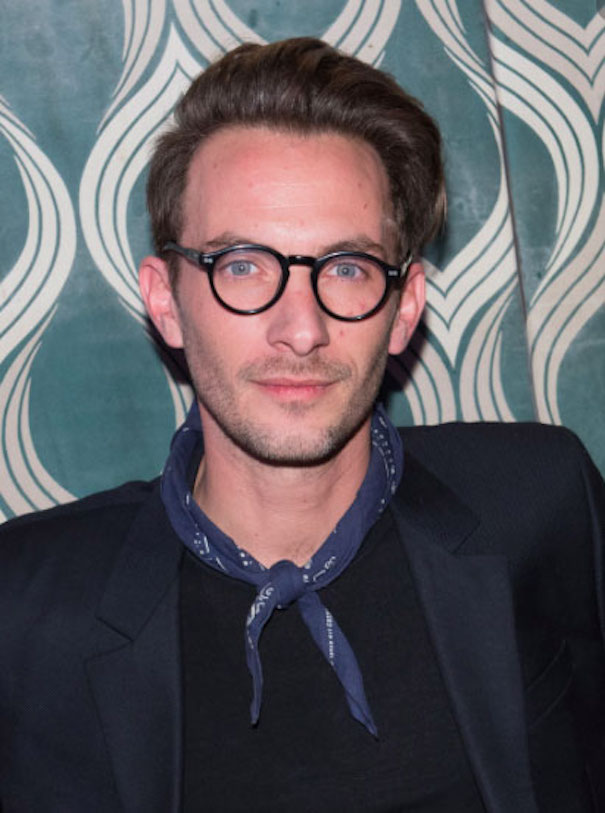
Designer Greg Armas is wishing for the word “fashion” to become meaningful again.
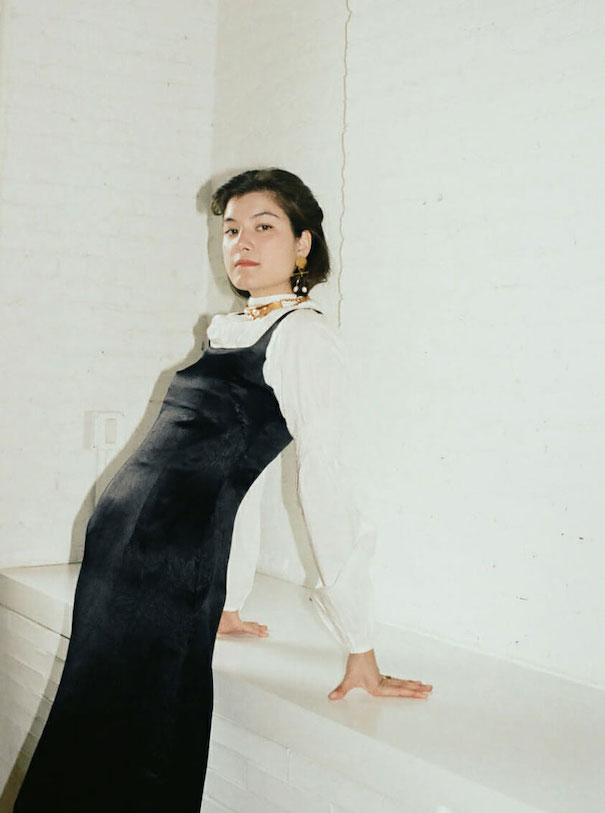
Anna Z. Gray: “consumer purchasing power is a form of activism”.
Anna Z. Gray,Cofounder of vintage resale marketplace Object Limited
What’s been going wrong in fashion?
The overproduction of garments for the sake of sales leads to more waste, unnecessary energy use and a loss of creative and artistic credibility. The desire for and manufacturing of “new” when everything we could possibly want is already available has lasting detrimental effects on the environment and culture.
What do you think should change?
The fashion world can embrace conscientious consumerism by advocating for vintage/resold pieces and pivoting away from the ideology of “Buy More Now.” Consumer purchasing power is a form of activism and they’ll spend their money on brands that are making substantial, sustainability-focused changes. And by buying secondhand!
What would you like for the future of your business?
The numbers of younger shoppers that are actively interested in buying secondhand are growing immensely. The number of companies pivoting to or creating space for the circular economy is a very exciting narrative to watch and participate in. The beautiful thing about the resale industry is that we’re all in it together. We aren’t competing to sell the same It bags; we’re collectively offering solutions to consumers that want to be stylishly idiosyncratic and conscientious.
Jayne Goheen, Creative Director
What’s been going wrong in fashion?
At the onset of the internet and social media becoming what it is today, fashion started to become more homogeneous and eventually more business-driven versus design-driven, more numbers-driven than brand identity-driven. Not that fashion hasn’t always also been a business, but it feels like the industry flipped from leading customers to being led by customers. Design is now largely dictated by what’s already popular and what people are buying so there’s a lack of innovation and originality and now an insane production calendar to meet the needs of this consumerism. And mix in the fact that venture capital is glorified as a marker of success for business while they mainly drive unrealistic constant growth. It’s all a bad formula.
What do you think should change?
The hope is that the world slows down to a more thoughtful place of less buying, more individualism, and more thoughtful choices. Why do we like the things we like? Why do we need them? Why do we support certain brands and businesses? Hopefully during these hard reset times people will reevaluate what’s important. And look, that isn’t to say a nice bag or new pair of shoes or anything outside of philanthropy is frivolous (frivolity is a sweet part of life!), it’s just about gut-checking and occasionally asking the whys.
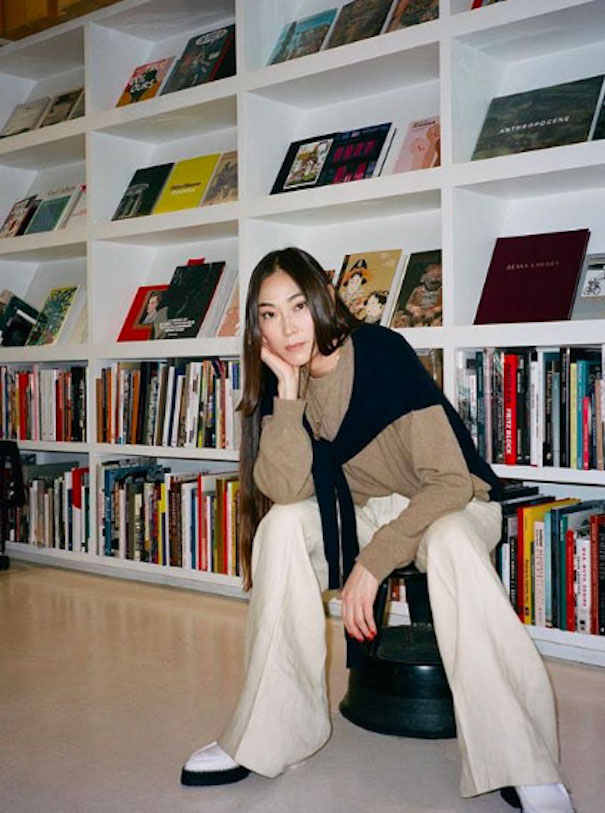
Creative Director Jayne Goheen is hoping for the world to slow down
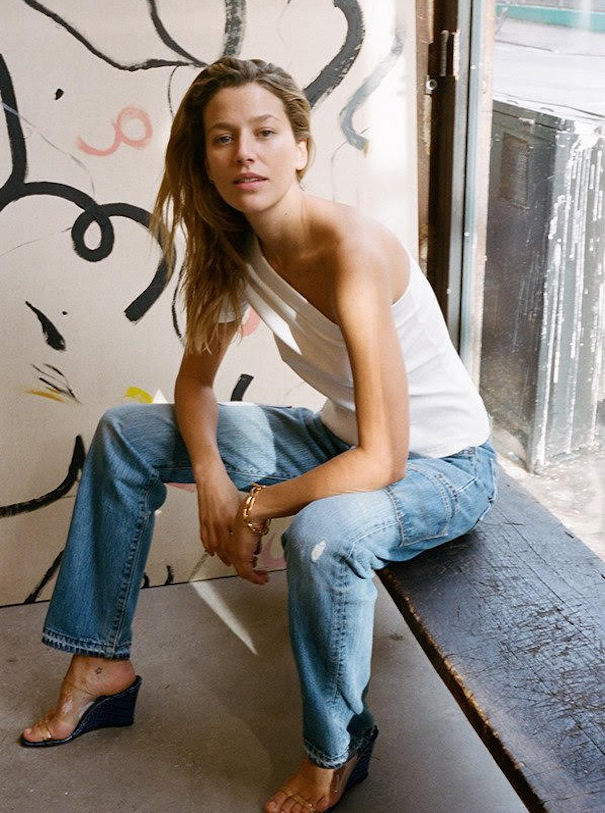
Model Nane Feist is hoping for a greener and fairer fashion industry.
Annina Mislin, Stylist
What’s been going wrong in fashion?
More is more seems to be the trajectory the industry has been on. With more collections and collaboration then ever, designers and creatives are burning out. I think we could all use this time to take a step back and reassess what is truly inspiring and worth making.
Nane Feist, Model
What’s been going wrong in fashion?
Fashion has long been co-dependent on China and Bangladesh as cheap manufacturing giants. This most likely will slow down and give designers the possibility to redirect a vast majority of production back to local manufacturers and with that, responsibility and connection. I think this is a great opportunity to regain lost brand individualism, elevate product quality and core identity as well as slowing down overproduction from one season to the next. Maybe we don’t need 52 micro seasons a year. Maybe our fashion industry has been over stimulated and is overproducing for far too long.
What would you like for the future of your business?
I would personally wish for a greener and fairer fashion industry as the positive result after this pandemic.
Chantal Anderson, Photographer
What do you think should change?
I think this crisis has forced us all to slow down—and specifically in the fashion industry this big inhale and pause gives designers, consumers, and everyone along the chain a chance to really consider the impacts of a constant seasonal stream of new fashion and content on our planet.
What would you like for the future of your business?
I’m leaning toward less is more—and seeking out higher quality pieces sourced and sewn in the United States with fair wages. I’m also quite utilitarian, so looking for pieces that will last for years and are functional for many different situations. However, I always go for recycled, vintage or thrifted first.
I’d love to see more brands, magazines and independent designers go this way—I think limitations enable us to think brilliantly beyond the status quo. This is the part of the fashion world I feel most proud of—the progressive ideological shifts toward embracing what is radical. We need radical shifts toward sustainability now.
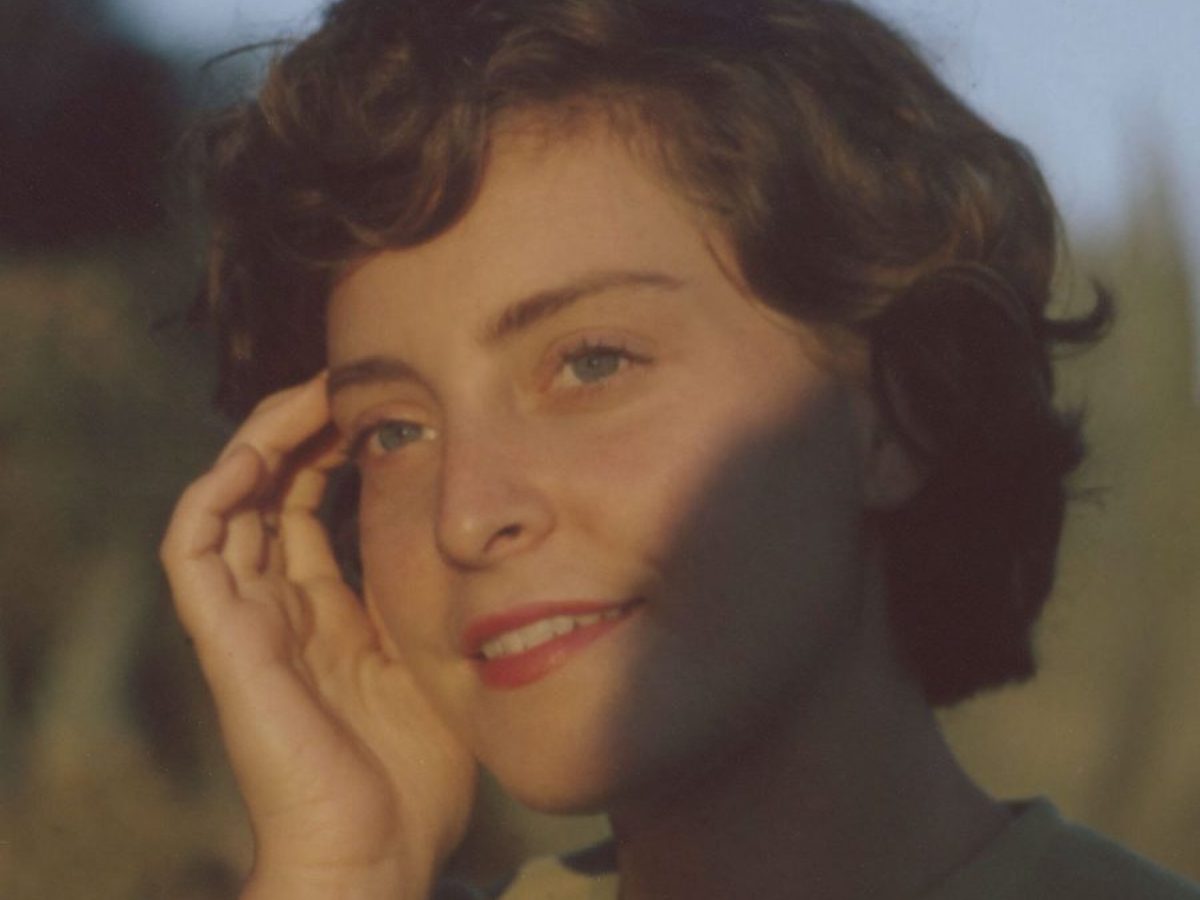
Photographer Chantal Anderson thinks “less is more”.

